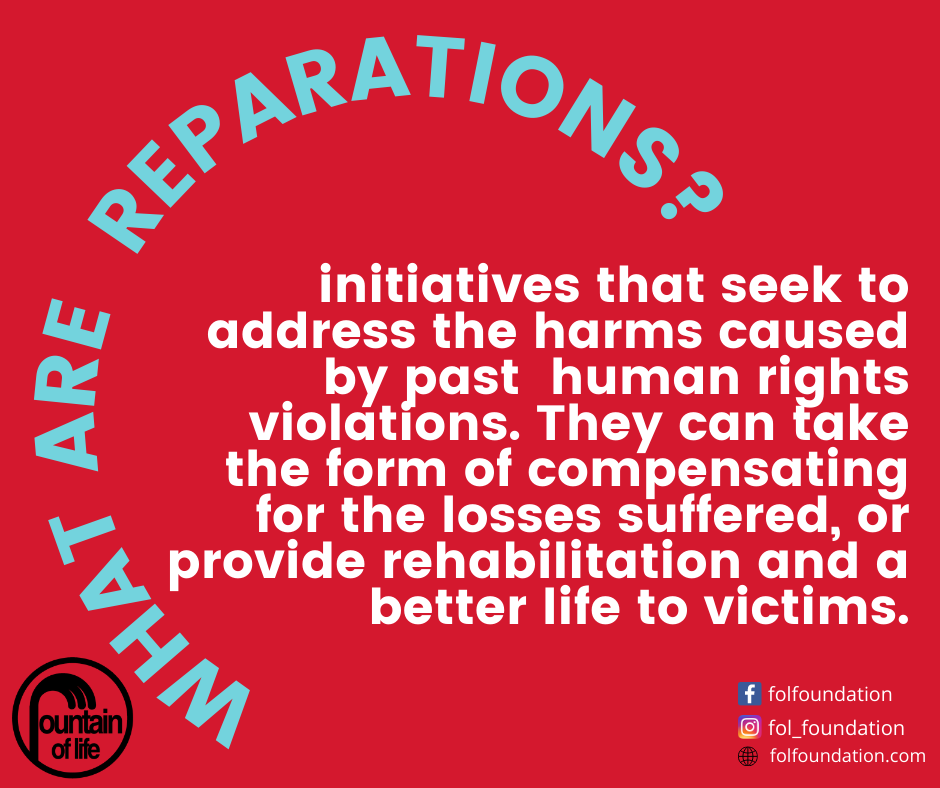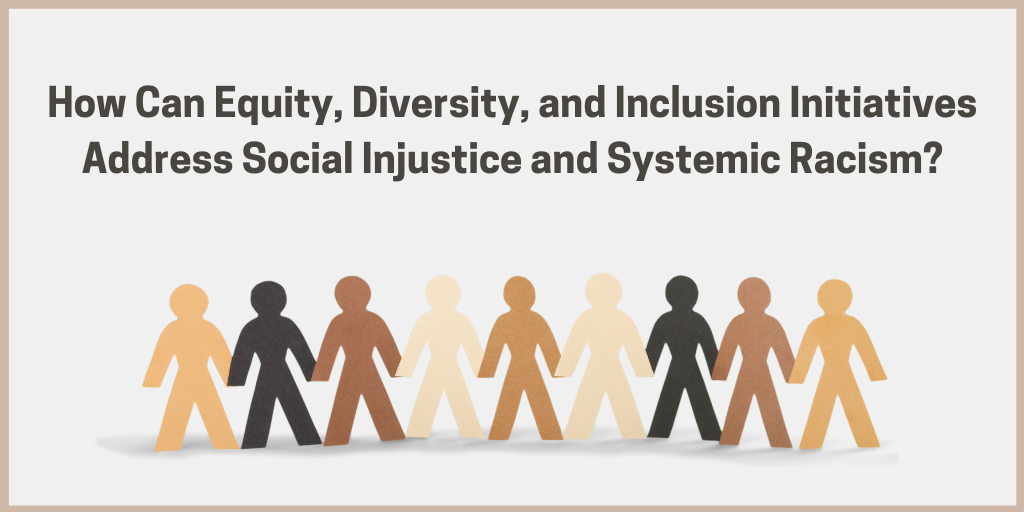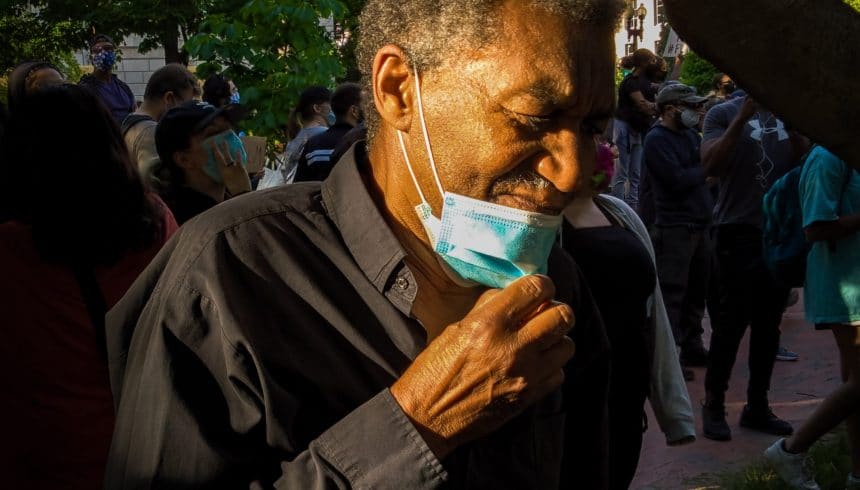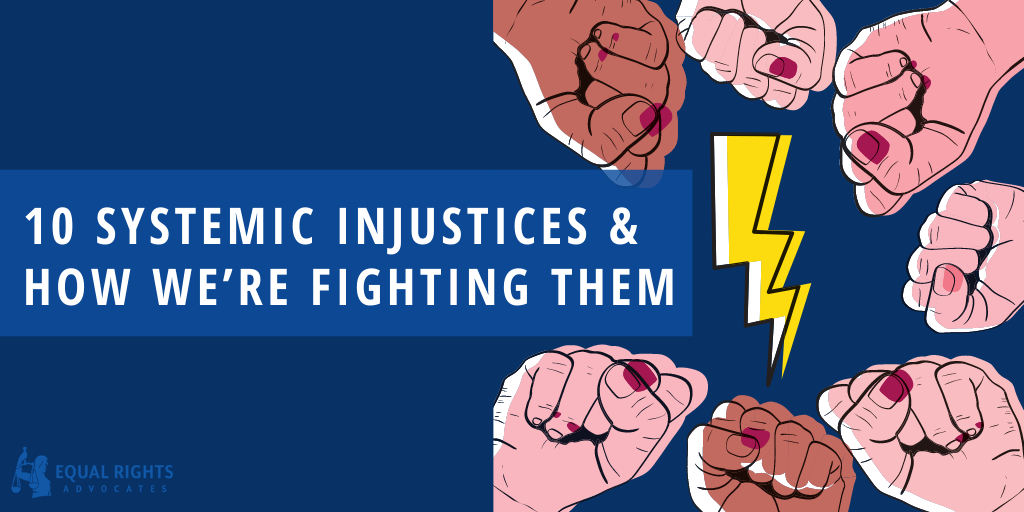When They See Us: A Mandatory Reckoning With Systemic Injustice
When They See Us: A Mandatory Reckoning with Systemic Injustice
Associated Articles: When They See Us: A Mandatory Reckoning with Systemic Injustice
Introduction
On this auspicious event, we’re delighted to delve into the intriguing matter associated to When They See Us: A Mandatory Reckoning with Systemic Injustice. Let’s weave attention-grabbing info and supply contemporary views to the readers.
Desk of Content material
When They See Us: A Mandatory Reckoning with Systemic Injustice

Ava DuVernay’s "When They See Us," a four-part Netflix miniseries, is not only a compelling narrative; it is a visceral, emotionally devastating indictment of the American justice system and the enduring legacy of racial bias. The sequence meticulously recounts the harrowing story of the Central Park 5 – 5 youngsters of shade wrongly convicted of the brutal rape and assault of a feminine jogger in 1989. Greater than only a retelling of a infamous case, "When They See Us" serves as a robust examination of systemic racism, police misconduct, coerced confessions, and the devastating long-term penalties of wrongful conviction.
The sequence unfolds chronologically, beginning with the preliminary panic and chaos surrounding the assault. We witness the quick rush to judgment, fueled by media frenzy and racial stereotypes. The 5 boys – Antron McCray, Kevin Richardson, Yusef Salaam, Raymond Santana Jr., and Korey Clever – are introduced as handy scapegoats, their youth and race making them simple targets for a metropolis consumed by worry and anger. DuVernay masterfully portrays the vulnerability of those youngsters, highlighting their lack of authorized illustration and the overwhelming stress exerted by the police throughout their interrogations.
One of the crucial chilling points of the sequence is the depiction of the interrogation methods employed by the detectives. The interrogations, lasting hours, are proven to be coercive and manipulative, using psychological ways designed to interrupt down the boys’ resistance. The detectives, portrayed with a chilling realism, exploit the youngsters’ naiveté and lack of expertise with the authorized system. They’re proven to be much less excited by discovering the reality and extra excited by securing a fast conviction, whatever the proof or the boys’ innocence. This side of the sequence powerfully underscores the inherent biases throughout the system and the way simply susceptible people might be manipulated into confessing to crimes they didn’t commit.
The sequence does not shrink back from the brutal realities of the jail system. The depiction of the tough situations, the fixed menace of violence, and the psychological toll on the younger males is stark and unflinching. Korey Clever, the oldest of the 5, serves a very harrowing instance of the injustice confronted by the group. Sentenced as an grownup, he endures years of solitary confinement and faces the fixed menace of violence from different inmates. His story underscores the profound and lasting affect of wrongful conviction, not solely on the people concerned but in addition on their households and communities.
The sequence additionally highlights the position of the media in shaping public notion and fueling prejudice. The media protection of the case is portrayed as sensationalistic and biased, usually portraying the 5 boys as responsible earlier than any trial even takes place. This portrayal underscores the facility of media narratives in shaping public opinion and the way simply prejudice might be amplified and perpetuated via biased reporting. The relentless concentrate on the boys’ race and the dearth of essential evaluation of the proof are disturbingly lifelike reflections of historic media protection of comparable circumstances.
"When They See Us" does not merely recount the occasions; it humanizes the victims. The sequence dedicates vital time to portraying the lives of the 5 boys earlier than their arrest, showcasing their households, their personalities, and their goals. This humanization is essential in dismantling the dehumanizing narratives that usually encompass circumstances of wrongful conviction. By showcasing their particular person tales, the sequence permits viewers to attach with them on a private stage and perceive the profound affect of the injustice they confronted.
The sequence additionally gives an important counterpoint to the narrative of the prosecution. Whereas the prosecution’s case is introduced, the sequence meticulously dismantles it, revealing the issues within the proof, the inconsistencies in witness testimonies, and the blatant disregard for due course of. The sequence successfully highlights the systemic failures that led to the wrongful conviction, together with the stress to safe a fast arrest, the dearth of thorough investigation, and the reliance on coerced confessions.
The authorized battles that observe the preliminary convictions are equally compelling. The sequence portrays the tireless efforts of the authorized staff, led by the unflappable and decided legal professionals, who fought relentlessly to overturn the convictions. Their persistence and dedication within the face of overwhelming odds are a testomony to the significance of combating for justice, even when the chances appear insurmountable. The sequence does not shrink back from the complexities of the authorized course of, showcasing the hurdles and setbacks confronted by the protection staff of their struggle for justice.
The eventual exoneration of the Central Park 5, after years of tireless authorized battles, is a second of profound reduction and catharsis. Nevertheless, the sequence does not finish with their launch. It explores the long-term penalties of their wrongful imprisonment, the emotional scars they carry, and the challenges they face in rebuilding their lives. The emotional toll of wrongful conviction is powerfully portrayed, highlighting the lasting affect on their psychological well being, relationships, and alternatives.
"When They See Us" is greater than only a true crime drama; it is a highly effective name to motion. It serves as a stark reminder of the systemic racism and injustices that proceed to plague the American justice system. The sequence compels viewers to confront the uncomfortable truths about racial bias, police misconduct, and the devastating penalties of wrongful conviction. It calls for a essential examination of the programs and buildings that perpetuate injustice and a dedication to combating for significant reform.
The sequence’ affect extends past its quick narrative. It has sparked widespread conversations about racial justice, police reform, and the necessity for larger accountability throughout the authorized system. It has served as a catalyst for renewed efforts to handle the problem of wrongful convictions and to make sure that those that have been unjustly accused obtain the justice they deserve. By humanizing the victims and exposing the systemic flaws that led to their wrongful conviction, "When They See Us" has turn into an important piece of cultural dialogue, a obligatory reckoning with a darkish chapter in American historical past, and a strong name for lasting change. It is a sequence that stays with you lengthy after the credit roll, leaving you with a profound sense of shock, empathy, and a renewed dedication to combating for justice. It’s a masterpiece of storytelling, a testomony to the facility of movie to light up injustice, and a significant contribution to the continuing wrestle for racial equality.








Closure
Thus, we hope this text has supplied worthwhile insights into When They See Us: A Mandatory Reckoning with Systemic Injustice. We hope you discover this text informative and helpful. See you in our subsequent article!